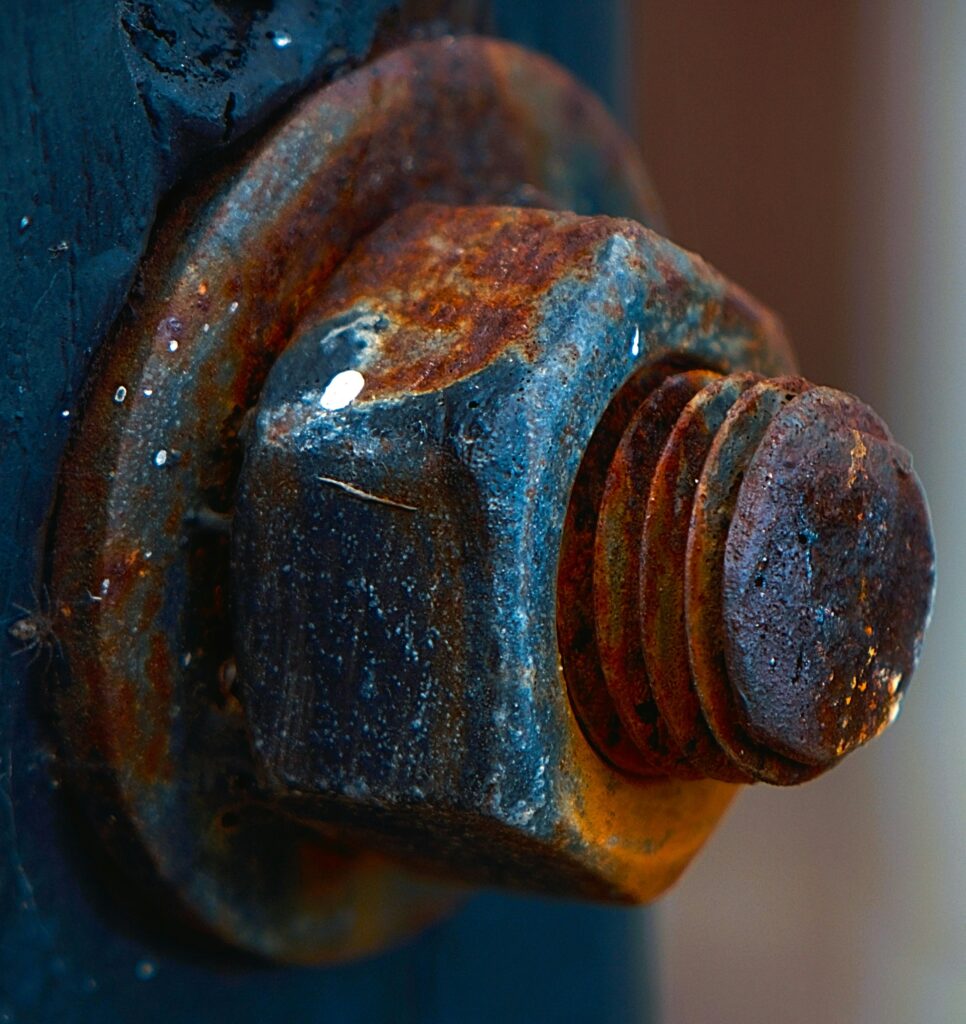When it comes to our car’s electrical system, we often think about major components like the battery, alternator, or control units.
However, it’s often the small details that can make a big difference. One such detail is crimp terminals – small but crucial connecting elements in vehicle electronics.
Why Quality Matters in Crimp Terminals
-
-
- Electrical Conductivity: High-quality crimp terminals provide better electrical connection. This leads to lower resistance and less voltage drop, improving the efficiency of the entire electrical system.
- Durability: Good terminals better withstand constant vibrations and temperature changes in the vehicle. They’re less likely to loosen over time, increasing reliability.
- Corrosion Resistance: High-quality terminals often have better protection against corrosion. This is especially important in humid or salty environments that vehicles are frequently exposed to.
- Reliability: Better terminals reduce the risk of electrical problems or failures caused by poor connections.
- Safety: High-quality connections reduce the risk of overheating or short circuits that could, in worst cases, lead to fires.
- Long-term Costs: Although more expensive terminals initially cost more, they can be cheaper in the long run. They need to be replaced less often and cause fewer problems, saving repair costs. Time-consuming troubleshooting is also eliminated. Correct Crimping: 1. Obtain high-quality cable lugs 2. Strip the cable and attach cable lugs 3. If you want to be 100% sure the cable holds (for example with sensors), solder the front 3. Apply two heat shrink tubes 4. Secure with a suitable crimping tool 5. Carefully heat the first heat shrink tube (red in the picture) until it encloses the connector 6. Pull the second heat shrink tube (black in the picture) over the first tube and heat again
-
The Mass Air Flow Sensor: A Prime Example of the Importance of Good Connections
Defective crimp terminals can indeed affect the performance of a Mass Air Flow (MAF) sensor. Here’s an explanation of how this can happen:
- Unreliable Signal Transmission:
- The MAF sensor sends precise electrical signals to the engine control unit.
- Poor crimp connections can interfere with or distort these signals.
- This leads to inaccurate airflow measurements.
- Increased Electrical Resistance:
- Defective terminals can increase electrical resistance in the connection.
- This can lead to voltage drops that affect MAF accuracy.
- Intermittent Connections:
- Loose or corroded crimp terminals can lead to temporary interruptions.
- The result is fluctuating or intermittent readings.
- Faulty Ground Connection:
- A poor ground connection due to defective terminals can severely impair MAF function.
- This can lead to irregular engine operation or power loss.
- Corrosion and Oxidation:
- Low-quality or damaged terminals are more susceptible to corrosion.
- Oxidized connections can degrade MAF signal quality.
- Effects on Engine Control:
- Incorrect air mass measurements lead to faulty fuel injection.
- This can cause problems like poor performance, increased consumption, or even engine damage.
Conclusion
While choosing high-quality crimp terminals may seem like a minor detail at first glance, their impact on a vehicle’s functionality and reliability is considerable. Especially with sensitive components like the mass air flow sensor, the quality of electrical connections can determine the difference between proper function and costly problems. Investments in high-quality crimp terminals therefore pay off in the long run through improved performance, higher safety, and lower maintenance costs. It’s worth focusing on quality, even for seemingly small details.

